Inside the Lab: How Non-Destructive Testing Proves Our Permanent Glasslined Repairs Work
When repairing glass-lined equipment, it is essential to see inside the material. But how can you test for cracks, pinholes, or weak spots without causing further damage? That’s where Non-Destructive Evaluation (NDE) comes into play. Phase 1 assessed some repairs made on parts submitted by Albemarle and some blind flanges from Glasslined Technologies (GTI) using standard NDE methods.
At GTI, we apply multiple advanced NDE techniques, performed by a level 3 technician at Dow Corning, to confirm that every repair is structurally sound:
· Ultrasonic Thickness (UT): Measures glass thickness with high-frequency sound waves. Any thin spots stand out immediately.
· Spark Testing: A 6000VDC spark pinpoints tiny pinholes or hidden defects in the glass lining.
· StatiFlux: This method applies a penetrant to the surface, dries it, then dusts with charged particles. The particles attract defects, revealing flaws.
· Ultra-sensitive Fluorescent Penetrant Testing: Uses a dye to detect micro-cracks invisible to the naked eye.
· Visual Inspections: From naked eye checks to USB microscope magnification, we leave no defect unnoticed.
· Dolly Pull-Off Adhesion: This test measures how strongly the repaired glass bonds to the steel. If the adhesive gives way before the glass does, that signifies success.
· Compression Tests: Real-world stress simulation in bolted joint assemblies ensures the repair won’t fail under load.
The test glass areas were acceptable across all NDE techniques. Each test provides reassurance that your equipment is safe to return to service and remain operational. Visual observations showed that the new and old glass blended in a zone around the perimeter, which was very evident on white glass with blue repair. PT testing indicated porosity on both OEM and test glass. The adhesive failed in the dolly pull-off test, but the bond strength of the glass is much higher than that of the adhesive. No damage was observed in compression testing until 5 ksi seating stress.
While most patch jobs get a quick visual check, we believe every repair deserves the same rigorous validation as a new lining.


